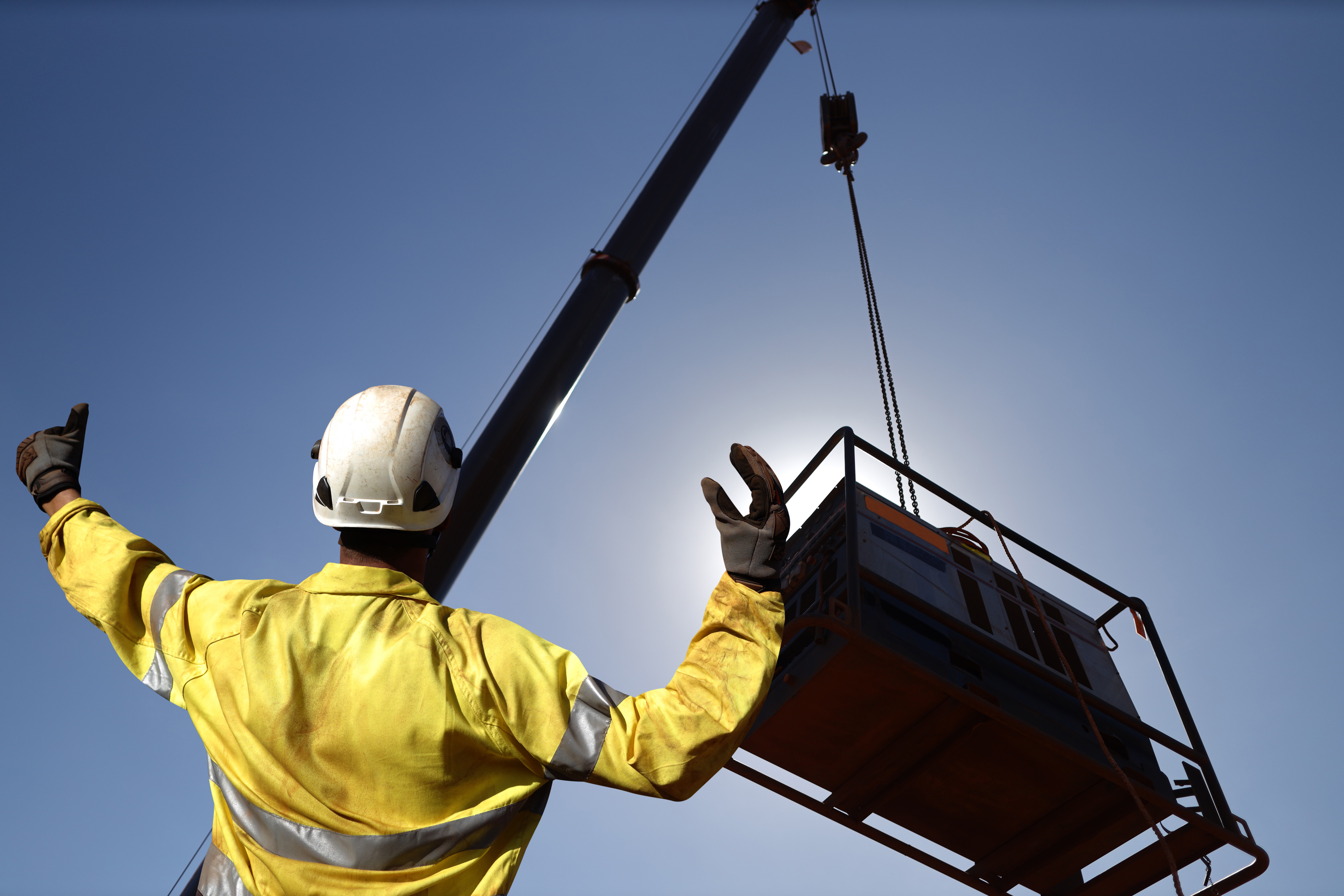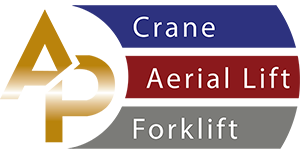Services
Aerial Lift TrainingForklift Operator Certification
Instructor Courses
Mobile Crane Operator Certification
Online Training
Crane Operator Training
Overhead Crane Training
Rigging and SignalPerson Training
All Purpose Crane Training offers crane operator training on-site or off-site. Providing National accredited crane operator certification meeting OSHA ANSI standards for crane operators to become certified.
1926.1401
1926.1402
1926.1403
1926.1404
1926.1405
1926.1406
1926.1407
1926.1408
1926.1409
1926.1410
1926.1411
1926.1412
1926.1413
1926.1414
1926.1415
1926.1416
1926.1417
1926.1418
1926.1419
1926.1420
1926.1421
1926.1422
1926.1423
1926.1424
1926.1425
1926.1426
1926.1427
1926.1428
1926.1429
1926.1430
1926.1431
1926.1432
1926.1433
1926.1434
1926.1435
1926.1436
1926.1437
1926.1438
1926.1439
1926.1440
1926.1441
1926.1442

- (a) A signal person must be provided in each of the following situations:
- (1) The point of operation, meaning the load travel or the area near or at load placement, is not in full view of the operator.
- (2) When the equipment is traveling, the view in the direction of travel is obstructed.
- (3) Due to site specific safety concerns, either the operator or the person handling the load determines that it is necessary.
- (b) Types of signals. Signals to operators must be by hand, voice, audible, or new signals.
- (c) Hand signals.
- (1) When using hand signals, the Standard Method must be used (see Appendix A of this subpart). Exception: Where use of the Standard Method for hand signals is infeasible, or where an operation or use of an attachment is not covered in the Standard Method, non-standard hand signals may be used in accordance with paragraph (c)(2) of this section.
- (2) Non-standard hand signals. When using non-standard hand signals, the signal person, operator, and lift director (where there is one) must contact each other prior to the operation and agree on the non-standard hand signals that will be used.
- (d) New signals. Signals other than hand, voice, or audible signals may be used where the employer demonstrates that:
- (1) The new signals provide at least equally effective communication as voice, audible, or Standard Method hand signals, or
- (2) The new signals comply with a national consensus standard that provides at least equally effective communication as voice, audible, or Standard Method hand signals.
- (e) Suitability. The signals used (hand, voice, audible, or new), and means of transmitting the signals to the operator (such as direct line of sight, video, radio, etc.), must be appropriate for the site conditions.
- (f) During operations requiring signals, the ability to transmit signals between the operator and signal person must be maintained. If that ability is interrupted at any time, the operator must safely stop operations requiring signals until it is reestablished and a proper signal is given and understood.
- (g) If the operator becomes aware of a safety problem and needs to communicate with the signal person, the operator must safely stop operations. Operations must not resume until the operator and signal person agree that the problem has been resolved.
- (h) Only one person may give signals to a crane/derrick at a time, except in circumstances covered by paragraph (j) of this section.
- (i) [Reserved.]
- (j) Anyone who becomes aware of a safety problem must alert the operator or signal person by giving the stop or emergency stop signal. (NOTE: 1926.1417(y) requires the operator to obey a stop or emergency stop signal).
- (k) All directions given to the operator by the signal person must be given from the operators direction perspective.
- (l) [Reserved.]
- (m) Communication with multiple cranes/derricks. Where a signal person(s) is in communication with more than one crane/derrick, a system must be used for identifying the crane/derrick each signal is for as follows:
- (1) for each signal, prior to giving the function/direction, the signal person must identify the crane/derrick the signal is for, or
- (2) must use an equally effective method of identifying which crane/derrick the signal is for.
